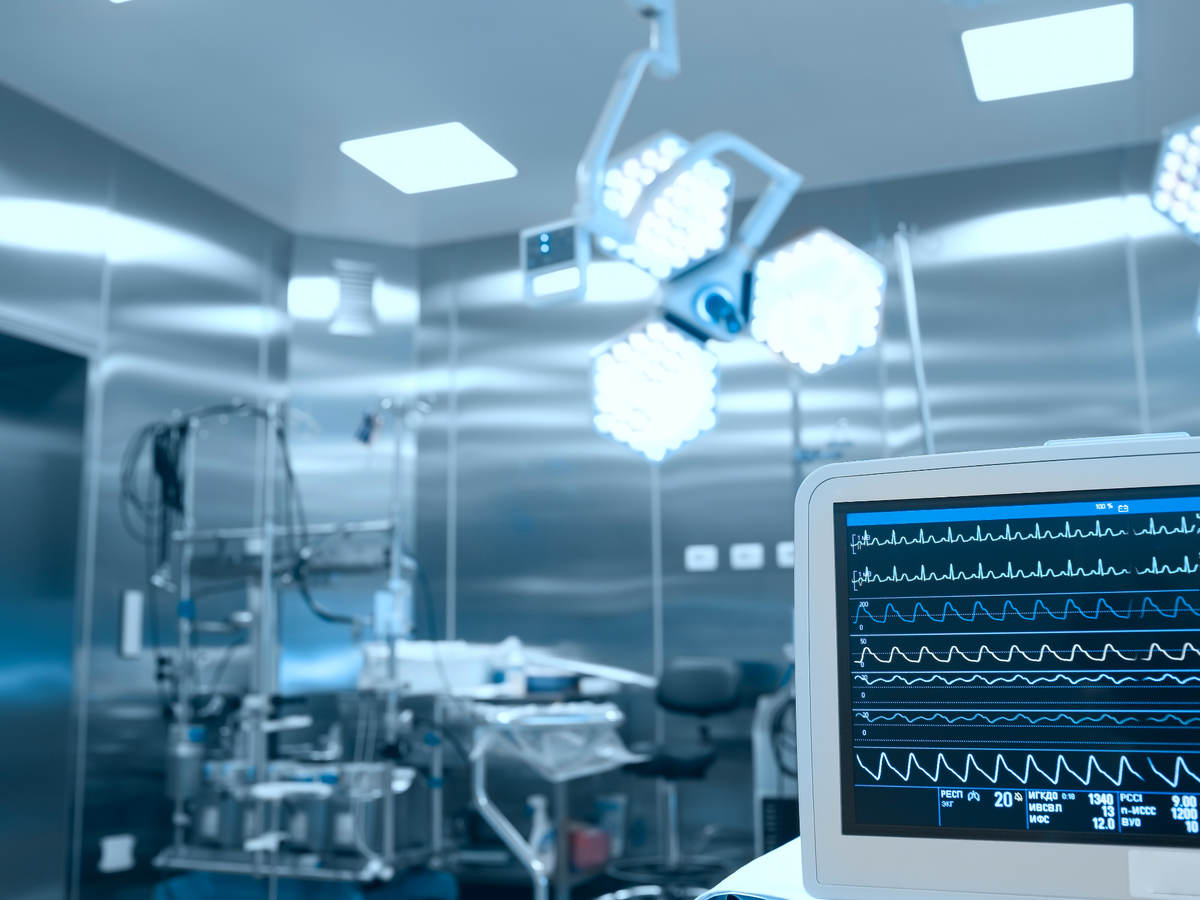May 19, 2021
Recent regulatory changes impact electromagnetic compatibility test for medical devices
IEC 60601-1-2 applies to the basic safety and essential performance of medical electrical equipment and medical equipment systems in the presence of electromagnetic disturbances and to electromagnetic disturbances emitted by medical equipment and medical systems.
On Sept. 1, 2020, Amendment 1 of IEC 60601-1-2:2014 was published and can be considered already applicable. The main changes impact the immunity test to be performed to medical equipment and medical systems. In fact, according to IEC 61000-4-39, Electromagnetic compatibility, an additional immunity test needs to be performed. This test is not applicable in the following three cases:
- When the medical electrical equipment or system does not contain magnetically sensitive components or circuitry
- When the enclosure or the physical design of any attached accessories ensure a separation distance of more than 15 cm between magnetically sensitive components or circuitry and the field sources during the intended use
- When the risks associated with exposure to the field sources at distances less than 15 cm are acceptable
Other changes relate to:
- The conducted emission that must be performed at minimum and maximum rated voltage and not at any one voltage
- Voltage short interruption and variations that can be performed at any one voltage. No changes for voltage dips testing.
- Wording update for IEC 61000-4-8 test (“power frequency” instead of “line frequency”)
- Signal input and output ports with a maximum cable length less than 1 m are excluded from IEC 61000-4-6 testing. In the previous edition the maximum length for exemption was 3 m.
- Guide for Risk Management (Annex E)
The U.S. Food and Drug Administration (FDA) recognizes the scientific and technical merit of IEC 60601-1-2:2014 and its relevance to medical devices. The standard also supports existing regulatory policies. On top of this, the FDA has already recognized the amendment A1:2020 as a consensus standard, and it is already operative under the FDA ASCA Pilot Program. Manufacturers exporting their products to the U.S., should be aware of some FDA deviations of the standard that are not recognized. For example:
- Nursing homes, as an example of the home healthcare environment, that are in conflict with existing published final guidance
- Signal input and output port cables with a maximum cable length less than 1 m are excluded from IEC 61000-4-6 test as inconsistent with published literature (maintaining the previous 3 m limit)
UL can support medical device manufacturers through our EMC testing services, including the new changes described above. Our European network of accredited laboratories can provide the necessary technical support to comply with worldwide regulatory requirements.
Electromagnetic Compatibility (EMC) Testing for Medical Devices
Comprehensive electromagnetic compatibility testing and certification
Medical Device Performance and Safety Testing
Patient care product and laboratory evaluations
Get connected with our sales team
Thanks for your interest in our products and services. Let's collect some information so we can connect you with the right person.






